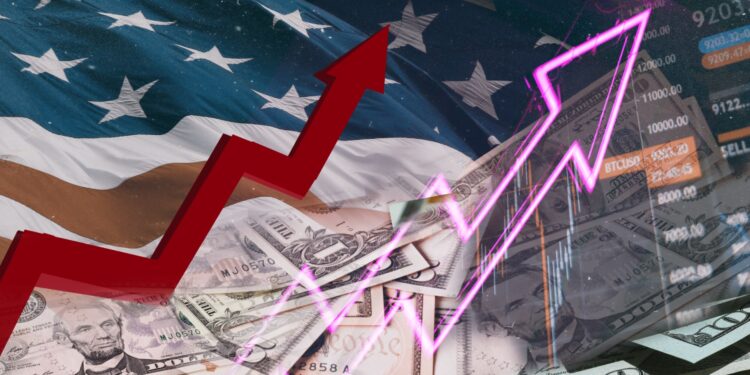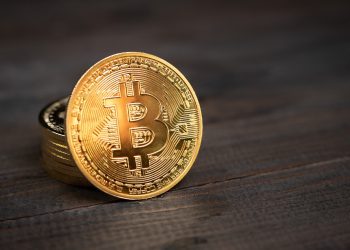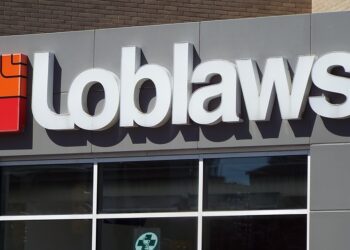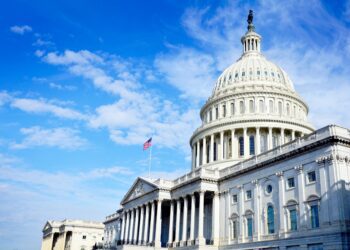The U.S. economy demonstrated robust growth in the first half of the year, expanding at an annualized rate of 2.8% in the second quarter, according to the Commerce Department. This performance exceeded economists’ expectations and highlighted continued business investment and consumer spending, the latter of which is crucial as it accounts for two-thirds of the country’s economic output. In response to this positive data, the Dow rose 340 points, while the S&P 500 and Nasdaq Composite also posted gains.
The report also indicated that inflation is on a downward trend, moving closer to the Federal Reserve’s 2% target, suggesting the possibility of a “soft landing” where inflation is controlled without triggering a recession. This rare economic feat has been achieved only once before, in the 1990s. The strength in consumer demand and business investment in the second quarter further supports the notion of a healthy economy, despite recent challenges.
The resilience of the economy is a positive signal for the Biden administration and the Federal Reserve, which has been managing high inflation with aggressive interest rate hikes. Despite these measures, the economy has avoided a recession, although challenges remain, such as high home prices and elevated mortgage rates. As the Federal Reserve prepares for its next policy meeting, officials are expected to hold interest rates steady, with Fed Chair Jerome Powell hinting at potential rate cuts if unemployment rises unexpectedly.












